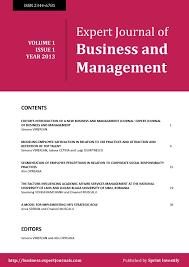The Effect of Regulation, Collaboration, and Financial Literacy on Financial Technology Adoption
Abstract
The purpose of the study to determine the effect of regulation, collaboration,
and financial literacy on the adoption of financial technology for Small and
Medium Enterprises. This research was conducted based on a causal design
to analyze the relationship between regulatory, collaboration, financial
literacy, and adoption of financial technology through hypothesis testing. The
research sample involved 95 small and medium-sized businesses in East Java,
Indonesia. The sampling method uses purposive sampling with the following
criteria: (1) A minimum of 5 employees and a maximum of 99 employees; (2)
Businesses use financial technology applications, namely OVO, GoPay,
DANA, or LINK; (3) Businesses are carried out in the East Java region. This
research uses Partial Least Square (PLS) analysis technique. Results show
that regulation has a significant effect on financial literacy. Moreover,
collaboration has a significant effect on financial literacy. Additionally,
financial literacy has no significant effect on the adoption of financial
technology and regulation does not significantly influence the adoption of
financial technology. Furthermore, collaboration has a significant effect on
the adoption of financial technology. Regulation and collaboration can be
used to support increasing financial literacy for small and medium
businesses. The higher level of understanding of the regulation and
implementation of the collaboration carried out will increase financial
literacy and can support the adoption of financial technology for small and
medium businesses. This study uses regulatory and collaborative variables
that have not been studied much in relation to financial literacy. On the other
hand, not many studies have examined the relationship of financial literacy
to the adoption of financial technology.

